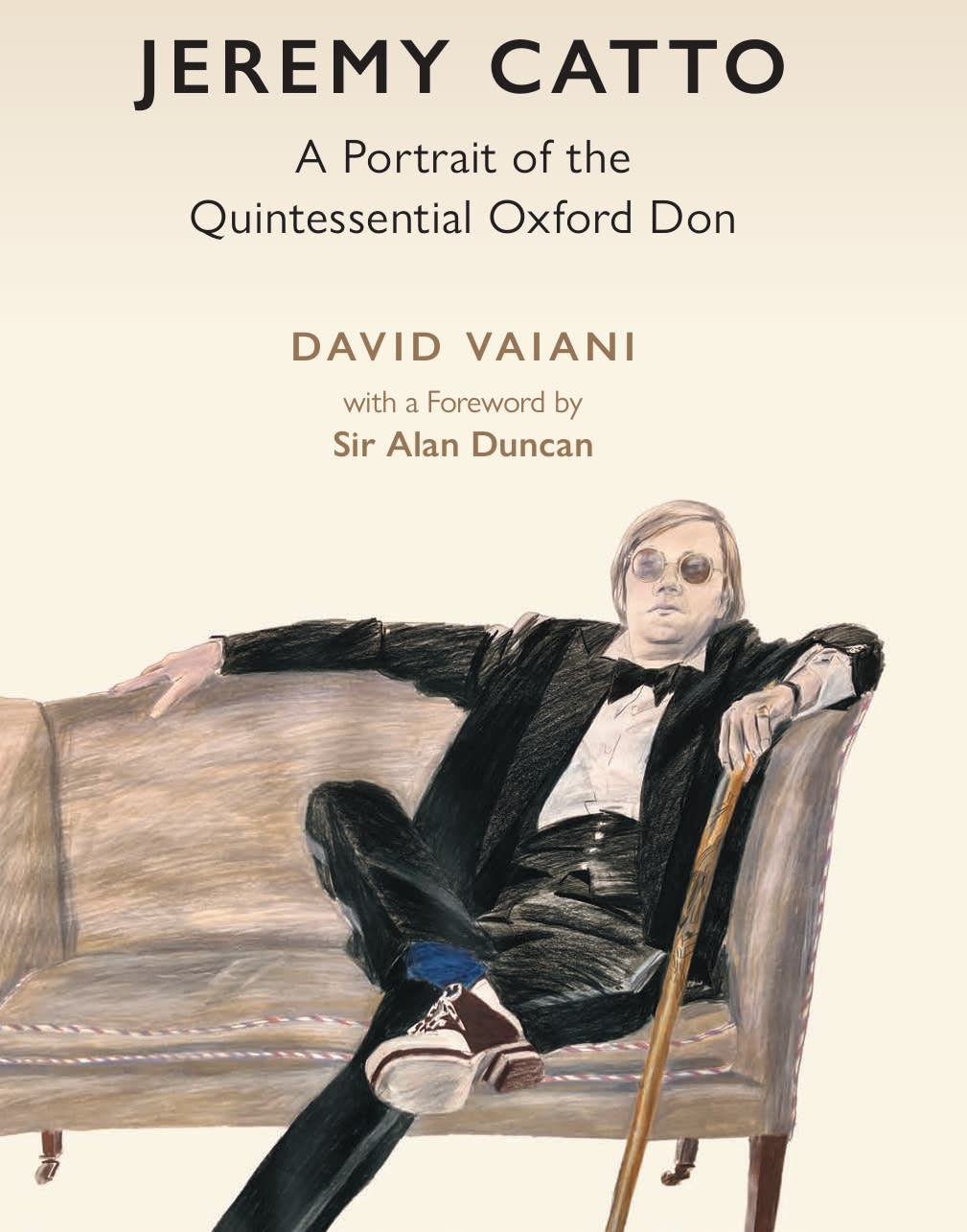I first met Jeremy Catto at an Oxford University open day in 2002, when we chatted intensely about Tudor History and current affairs. I read Modern History at Oriel College from 2003-2006, the year of Jeremy’s retirement.
During my time at Oxford, Jeremy was an ever-present figure, and I was fortunate to remain his friend afterwards, during – firstly – my career in the City as a lawyer, and then as a writer and human rights campaigner. Jeremy was always encouraging and gave excellent advice.
He would tell me about his recent historical research and life at Oriel, as he remained closely involved in college and university life long after his retirement. This book takes a chronological approach to Jeremy’s many achievements while also examining key themes throughout his career and the impact he had on his students, many of whom would go on to have illustrious careers, as well as his political influence.
Jeremy was born in 1939. He grew up in Newcastle, matriculated at Balliol College, Oxford, in 1958, became a fellow of Oriel in 1969 and retired in 2006. He was friends with Bryan Ferry, Sir Alan Duncan and Princess Margaret – an eclectic range of people. I found the book especially fascinating because Jeremy lived an exciting and varied life, of which I only knew a small part. I read the book, cover to cover, in one day.
As one of Jeremy’s former students, it gave me an insight into a man who played a key part in shaping my own values, although politically I lean far more to the left. When he was born Britain could still be described as a superpower and the arc of Jeremy’s life reflects many of the important national shifts in our history, as Britain searched for a new identity post-Empire and dealt with rapid social change.
Jeremy’s life was not just impacted by these changes, but through his former students and sometimes directly, he influenced the Britain we live in today. I thoroughly recommend Jeremy Catto, A Portrait of the Quintessential Oxford Don to anyone who wants to gain a greater understanding of Britain in the second half of the twentieth-century.
Jeremy Catto: A Portrait of the Quintessential Oxford Don by David Vaiani with Foreword by Sir Alan Duncan (Unicorn, 2024) is available in all good booksellers.









